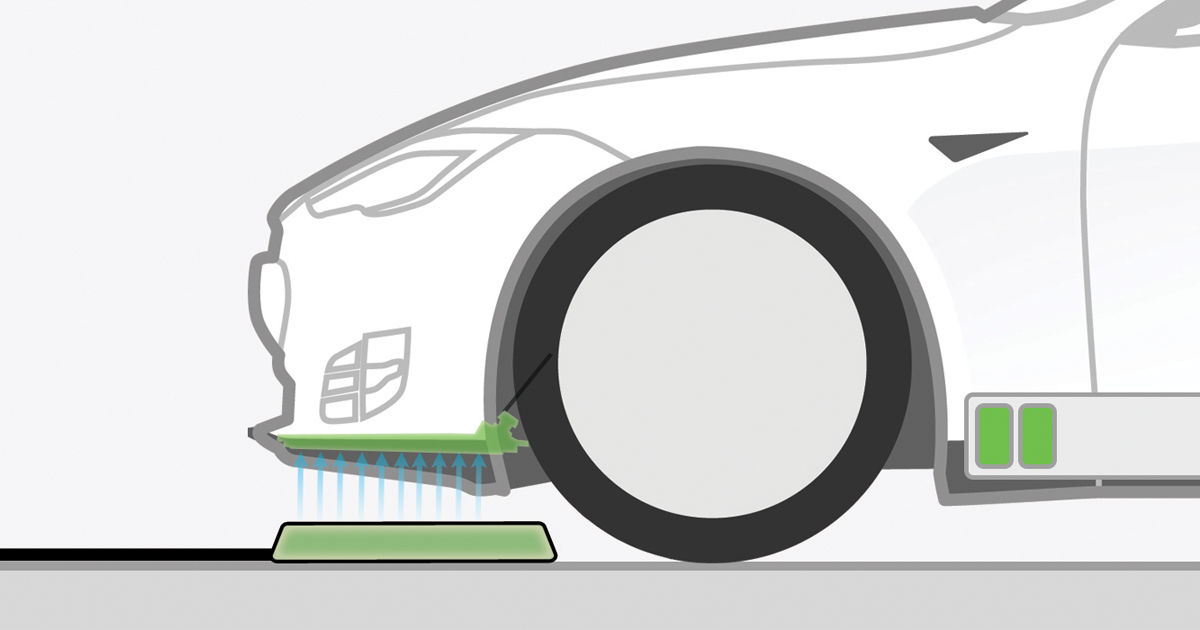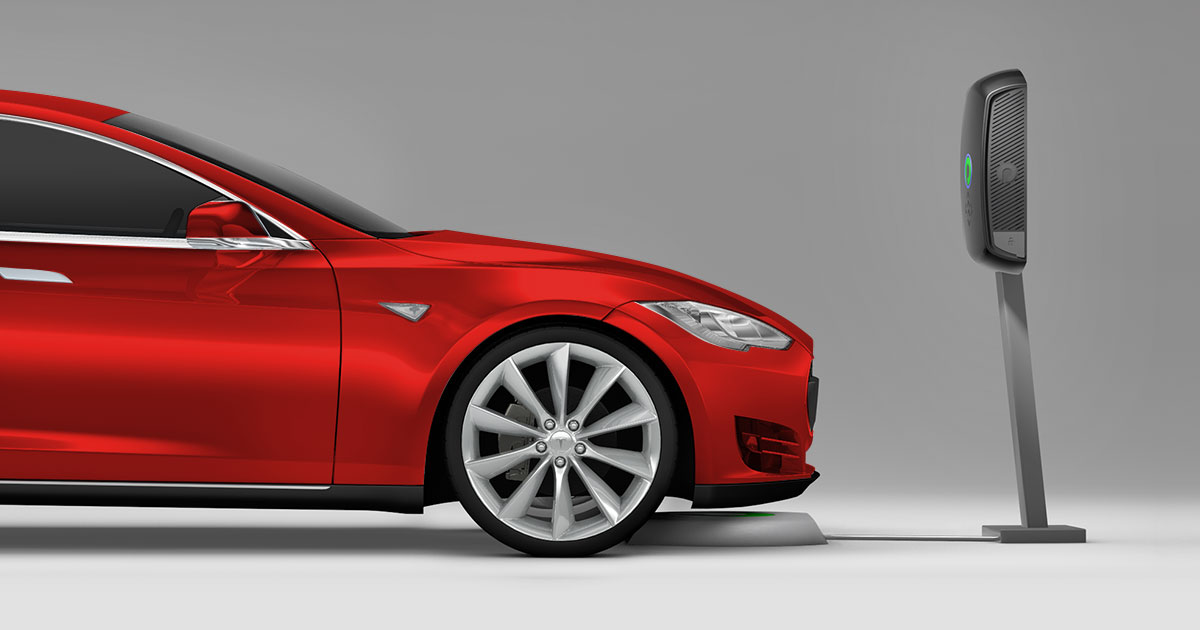You sure you want to? Mixed bag there--you would get both the love and the disagree.I'll have to split my replies in the future!
Like so:How is the section on sub panels hogwash?
It's supporting only 240V loads. Not using a neutral IS doing it right.First, if you’re running the wires to a sub panel, just run the neutral wire and do it right.
I hate this bull$#it where people tell others to spend extra money to do extra unnecessary things, and then sling the insult that not wasting that money is "cutting corners". Stop it.It amazes me how many people spend the time and effort to run the wiring and then try to cut corners just to save a couple of bucks.
Eh? I would love to hear your explanation of this one. The main distinction I am aware of here is that a junction box can be just an empty box--no breakers. It's an accessible place for making splices and wire junctions, like with Polaris connectors. A subpanel has power bus bars with breakers. I don't think the presence or absence of a neutral has any relevance to whether it is a subpanel or junction box.If you’re not going to run a neutral, then it’s not a sub panel, it’s just a junction box.
I think that's correct. You can GFCI breaker this at the main panel, right?According to code all garage outlets need GFCI protection. If you’re hardwiring to a wall connector then that doesn’t apply and the wall connector itself has built in GFCI. Either way, you can install a GFCI breaker at the main service panel from which you are running the wires.





